I have loaded two *.obj models to my application. They are the same, except the fact, that one of them was 'mirrored' from another. 
Picture number one presents original model, and picture number two is that mirrored one. The problem occurs in that second one.
When you look closely, you can see that door-knob doesn't render appropriately.
Why is that so? In Blender both of them looks fine.
I am rendering them using three.js.